Optimal Seasons for Gas Line Installations
Gas line installations are typically performed during periods of mild weather to ensure safety and optimal working conditions. Spring and early fall are often considered ideal times due to moderate temperatures and lower humidity, which facilitate proper installation and inspection processes.
Spring offers favorable weather conditions, reducing delays caused by extreme cold or heat. This period allows for efficient work and timely inspections.
Early fall provides cooler temperatures and less rain, making it suitable for gas line work before winter sets in.
High summer temperatures and winter cold can hinder installation processes and increase safety risks, making these seasons less ideal.
Planning installations during off-peak times can lead to quicker service and more flexible scheduling.
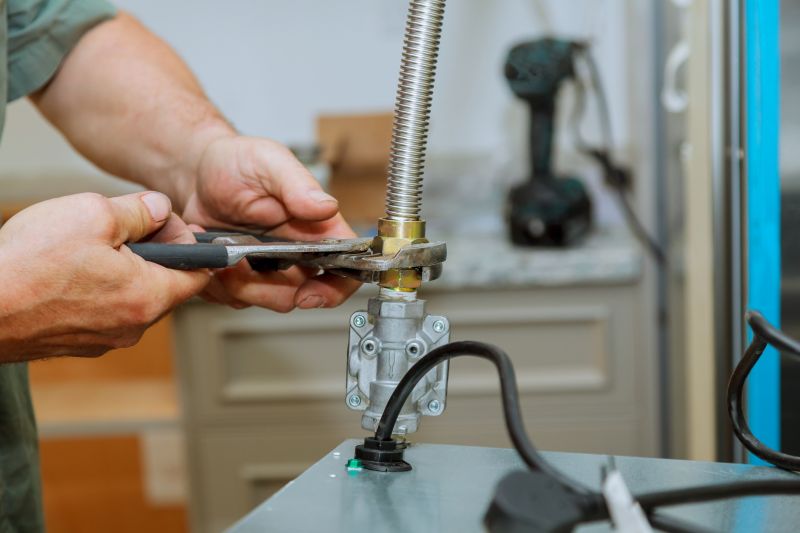
Ways to make Gas Line Installations work in tight or awkward layouts.

Popular materials for Gas Line Installations and why they hold up over time.
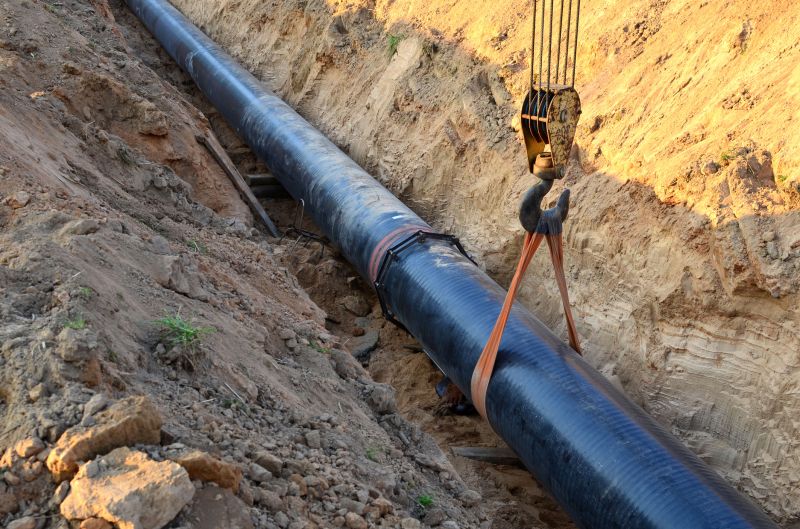
Simple add-ons that improve Gas Line Installations without blowing the budget.
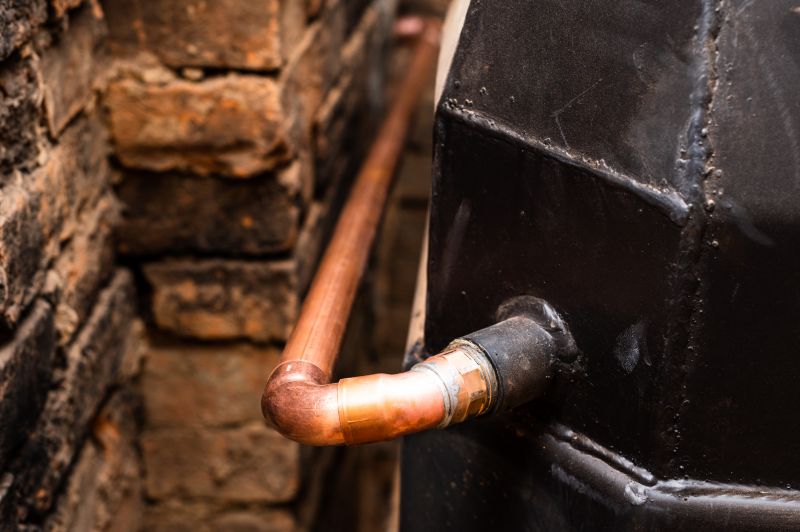
High-end options that actually feel worth it for Gas Line Installations.
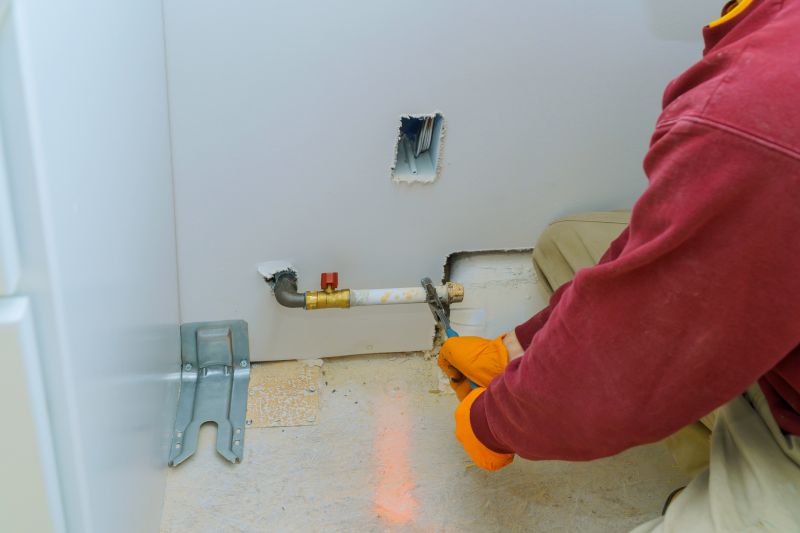
Finishes and colors that play nicely with Gas Line Installations.

Little measurements that prevent headaches on Gas Line Installations day.
| Season | Advantages |
|---|---|
| Spring | Moderate weather, easier inspections, less delays |
| Fall | Cooler temperatures, less rain, good for scheduling |
| Summer | High temperatures may cause delays and safety concerns |
| Winter | Cold weather can hinder work and safety protocols |
Gas line installations involve connecting pipelines that supply natural gas or propane to residential or commercial properties. Proper installation ensures safe and efficient delivery of fuel for heating, cooking, and other appliances. The process requires careful planning, adherence to safety standards, and precise execution to prevent leaks and hazards. Statistics indicate that the majority of gas line failures are due to improper installation or aging infrastructure, emphasizing the importance of professional service and timely upgrades.
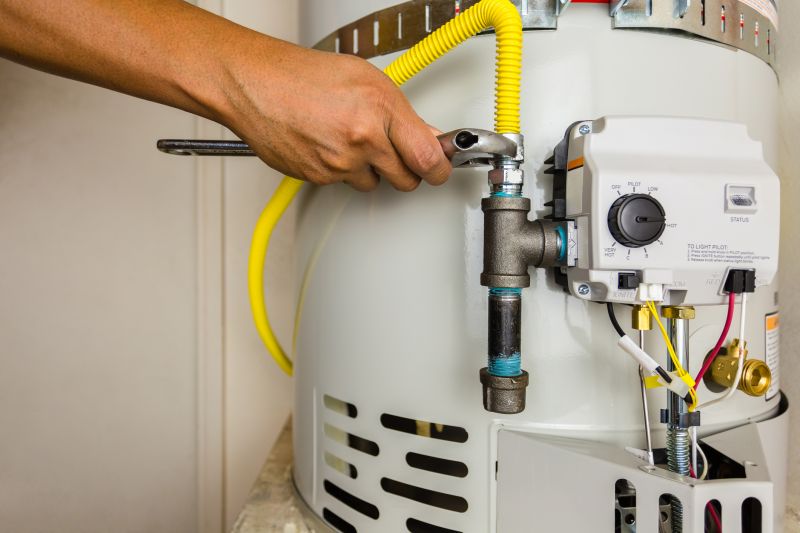
A 60-second routine that keeps Gas Line Installations looking new.
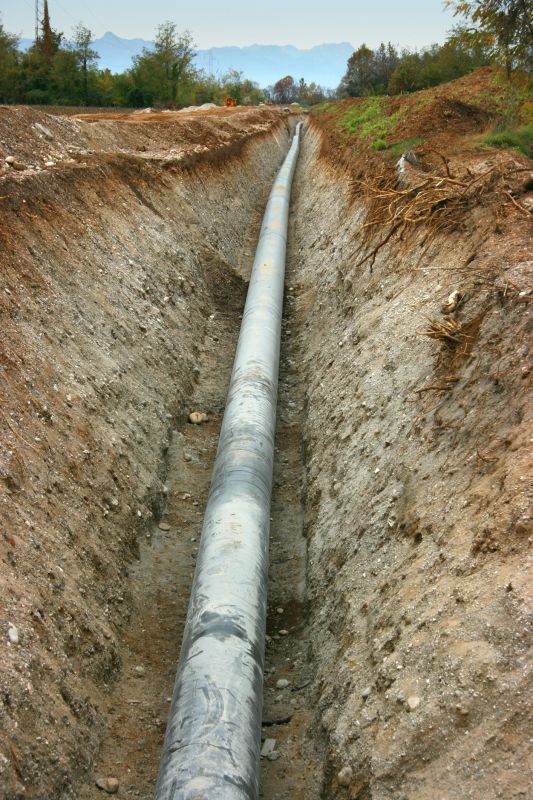
A frequent mistake in Gas Line Installations and how to dodge it.

Small tweaks to make Gas Line Installations safer and easier to use.
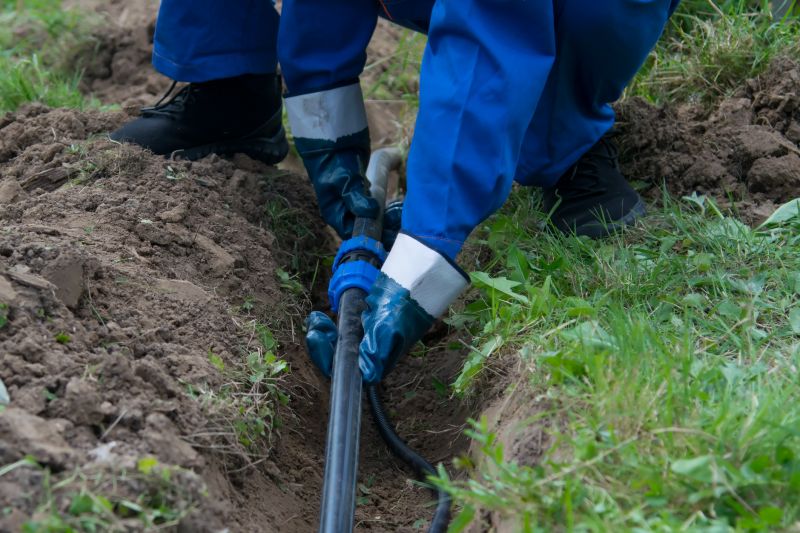
Lower-waste or water-saving choices for Gas Line Installations.

The short, realistic tool list for quality Gas Line Installations.
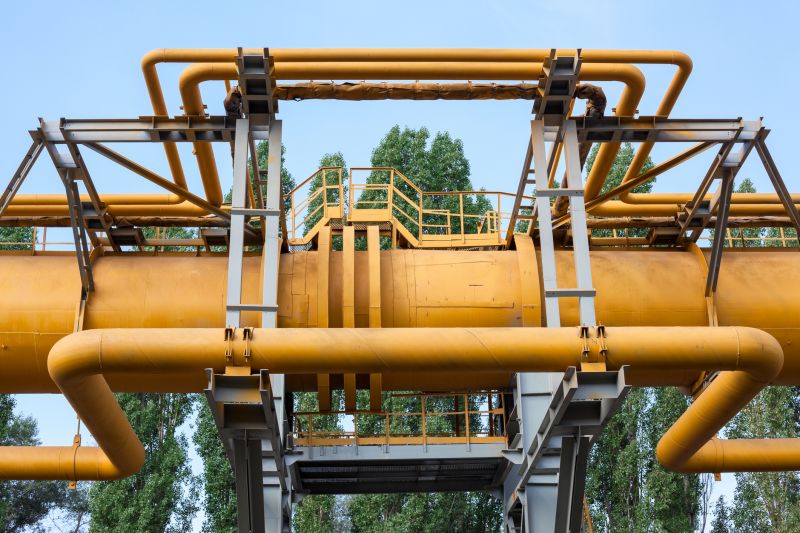
Rough timing from prep to clean-up for Gas Line Installations.
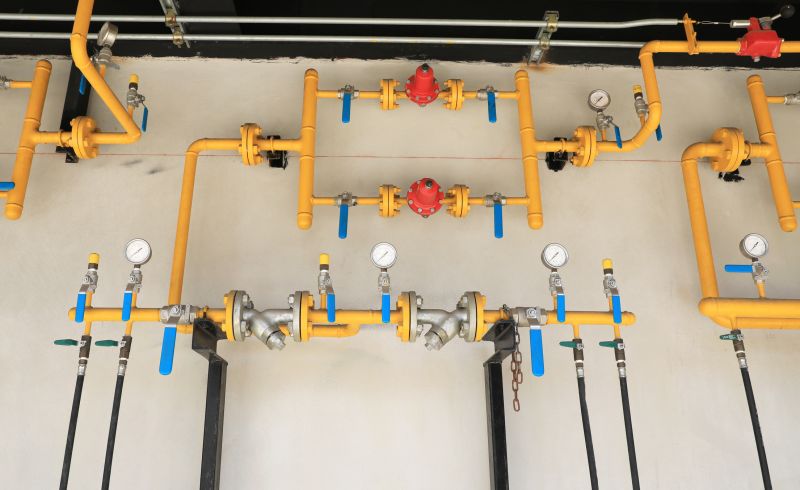
Quick checks and paperwork to keep after Gas Line Installations.

Examples that show the impact a good Gas Line Installations can make.
Interested parties are encouraged to contact for more information or to schedule a gas line installation. Proper timing and professional execution are essential for safety and efficiency, making consultation with experienced technicians highly recommended.



